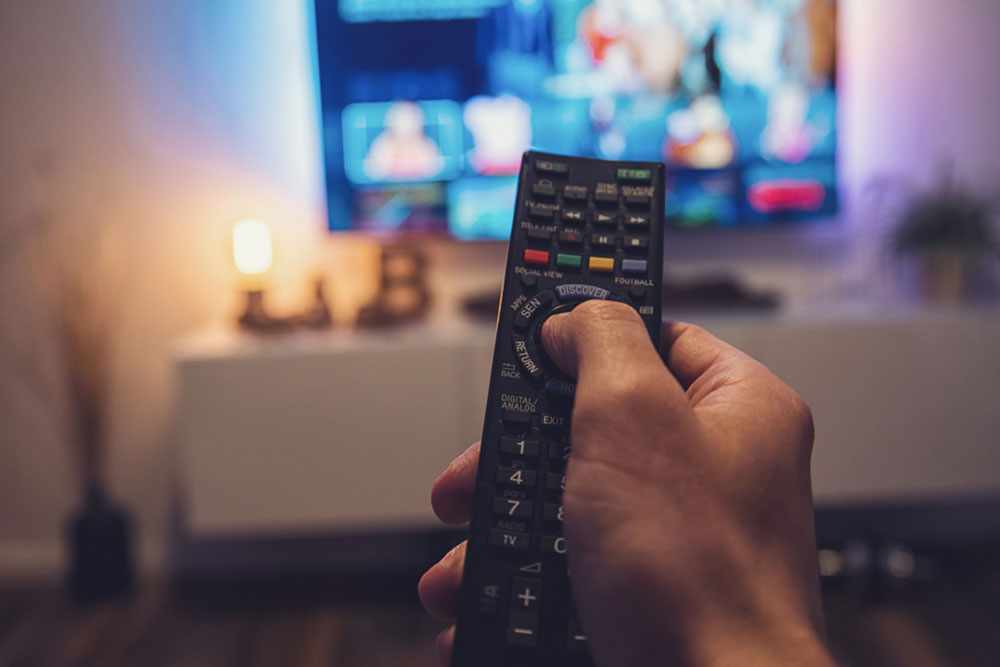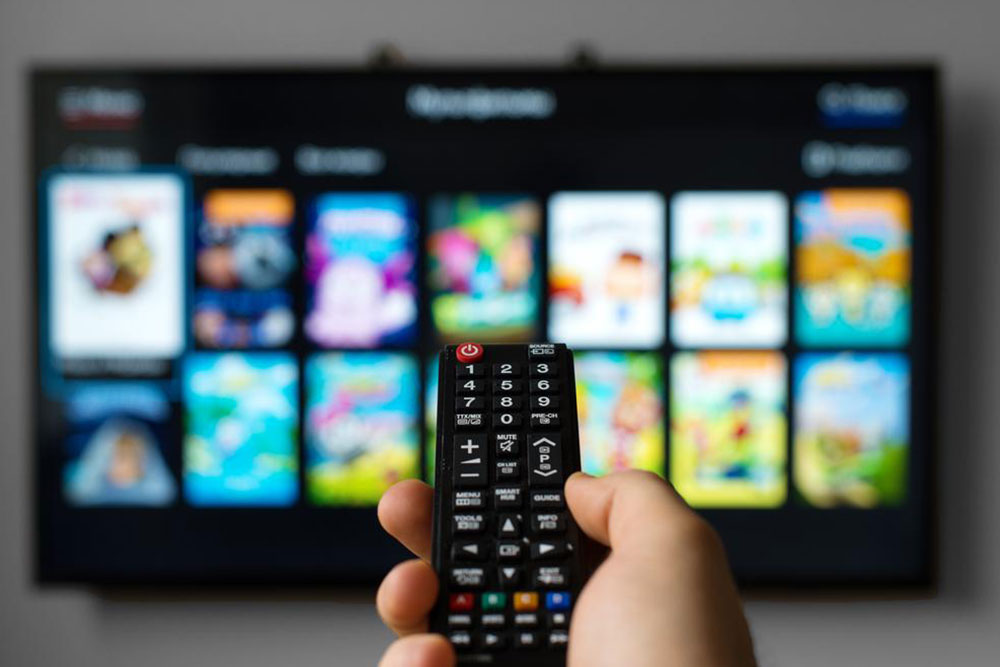Evolving Landscape of Cable Television
The article explores the transformation of cable television, highlighting how technology and business models have evolved. Traditional TV relied on major networks and advertising, but now streaming platforms, smart TVs, and direct-to-consumer services like HBO Now are redefining viewing habits. Cable companies are diversifying services, maintaining relevance amid the digital revolution. This overview emphasizes the industry shift towards on-demand content, internet accessibility, and innovative revenue streams, creating a new era of television consumption.

The Evolving Landscape of Cable Television
Traditional televisions once dominated the entertainment industry, relying on a few major US networks that dictated programming and attracted viewers for ad revenue. The rise of cable TV reshaped this model, offering subscription-based channels like HBO and Showtime, fragmenting audiences and creating new revenue streams. Recently, the industry is shifting towards innovative viewing experiences, as traditional distribution becomes less relevant. Modern smart TVs and streaming devices such as Amazon Fire and Apple TV now enable viewers to access a vast array of digital content directly from their devices, transforming the way we watch TV.
Financial models are also evolving, with traditional cable boxes becoming less central. Revenue now hinges on advertising, subscriptions, and on-demand services. Platforms like Netflix combine exclusive programming with films and documentaries, charging a flat rate that doesn't depend on cable infrastructure. HBO’s launch of HBO Now exemplifies this shift, allowing direct access without a cable subscription, thereby keeping revenue within the content providers. Despite these changes, cable companies maintain their relevance by offering additional services like home security and leveraging existing infrastructure.
Note:
Our blog provides diverse, practical insights across various topics. While our research aims for accuracy, readers should consider it informational rather than definitive. The team is not responsible for discrepancies or missing promotional schemes that may be more advantageous elsewhere.










